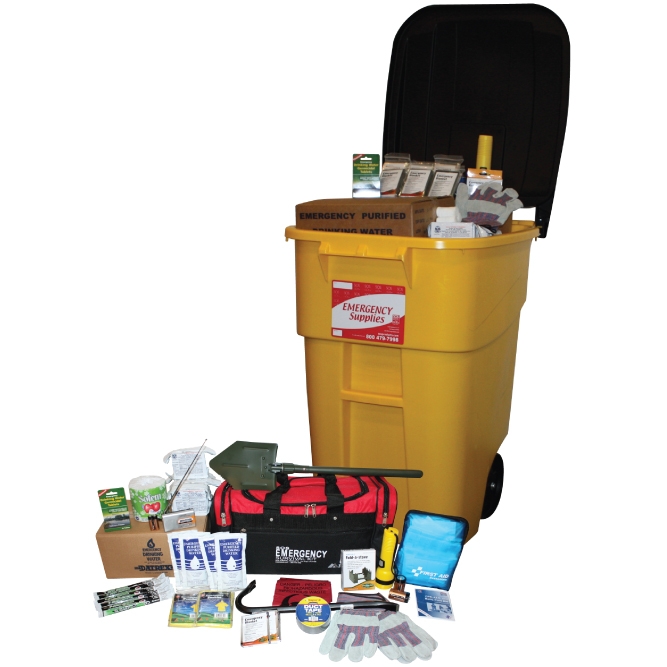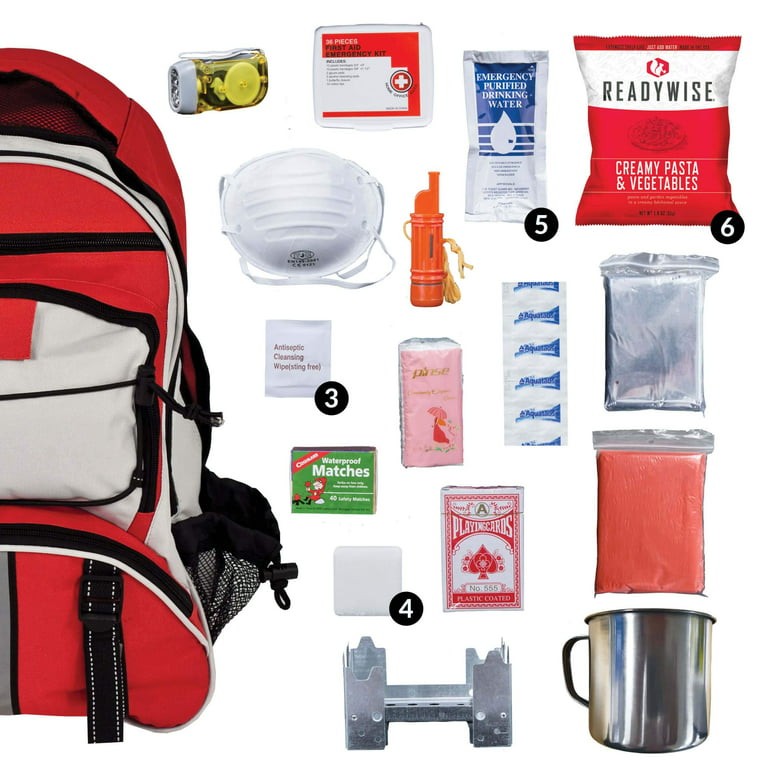Take Control with Emergency Preparedness: Protecting What Issues The Majority Of
Wiki Article
How to Develop a Comprehensive Emergency Situation Readiness Strategy
In the realm of preparedness, developing a detailed emergency situation strategy is not merely a job to mark off a checklist; it is a crucial foundation of any kind of organization or individual's durability technique. From all-natural catastrophes to unforeseen situations, the capacity to expect, alleviate, and respond efficiently can imply the distinction between disorder and control. By meticulously crafting a strategy that attends to various facets of emergency management, consisting of threat assessment, communication methods, resource appropriation, and calculated decision-making, one can lay a strong structure for protecting possessions, procedures, and lives. The true effectiveness of such a strategy lies not only in its production yet likewise in its continuous maintenance and adaptation to progressing difficulties and threats.Significance of Emergency Situation Readiness
Emergency situation preparedness is essential for reducing possible risks and making certain the security of communities and people. In today's globe, where all-natural calamities, public health and wellness dilemmas, and other emergency situations can strike without warning, being prepared can make a considerable distinction in reducing the effect of these occasions. By having a well-balanced emergency situation readiness plan in location, people and organizations can respond successfully, protect lives, and minimize home damages.One of the main reasons emergency situation readiness is vital is its role in saving lives. When emergency situations occur, having a plan that details clear treatments for evacuation, emergency, and interaction action can aid individuals act promptly and emphatically. This can protect against injuries and fatalities by making certain that people understand what actions to take to remain risk-free
Furthermore, emergency readiness enhances the durability of neighborhoods. By cultivating a culture of preparedness and preparation for various circumstances, communities can get better extra quickly from disruptions and calamities. This resilience is necessary for maintaining security, continuity of operations, and overall wellness despite adversity.
Assessing Prospective Dangers
Considering the significance of being planned for unanticipated events, the first action in developing an effective emergency preparedness plan involves extensively assessing and evaluating possible risks. This evaluation calls for a comprehensive review of all possible hazards that can affect the organization, considering factors such as location, sector, and historic information on incidents. By determining these dangers, companies can prioritize their readiness initiatives and designate sources effectively to alleviate the most significant threats.Typical risks that companies might encounter consist of natural disasters like floodings, earthquakes, or typhoons, technical dangers such as power interruptions or data violations, in addition to human-caused risks like crashes or willful acts of violence. Carrying out a risk evaluation additionally includes thinking about the potential effect of these events on the company's procedures, staff members, consumers, and online reputation. By conducting a thorough danger evaluation, organizations can establish customized emergency action strategies that resolve their certain susceptabilities and guarantee reliable readiness for any type of possible situation.
Producing a Communication Strategy
Developing a clear and detailed interaction strategy is important for effective emergency readiness within organizations. In times of dilemma, interaction plays a crucial role in making certain the safety and health of workers, stakeholders, and the neighborhood. A well-thought-out interaction strategy must describe clear lines of interaction, designate key workers liable for interaction jobs, and develop methods for disseminating details swiftly and accurately.One secret aspect of producing a communication strategy is determining key and alternating communication channels (EMERGENCY PREPAREDNESS). These can consist of e-mail, text messaging, phone trees, social media platforms, and public address systems. It is vital to make sure that these channels are dependable, easily accessible, and consistently checked to assure their performance during emergencies

Building an Emergency Situation Kit
Offered the important significance of preparedness in times of dilemma, a vital component that organizations have to address is the establishment of an emergency kit. An emergency situation package works as a critical resource that can help mitigate the impact of unexpected events, guaranteeing that necessary products and devices are conveniently offered when required most. When assembling an emergency package, it is important to think about the specific needs and circumstances of the organization. Standard things such as water, non-perishable food, emergency treatment products, flashlights, batteries, and a battery-powered radio are basic parts of any type of emergency kit. Additionally, organizations need to include crucial files, such as contact checklists, insurance coverage info, and emergency reaction plans, in water resistant containers within the set. Routinely assessing and updating the contents of the emergency kit is vital to guarantee that supplies are functional and current. By proactively maintaining an emergency situation and constructing set, organizations can boost their readiness to successfully reply to crises and guard their properties and workers.Developing Evacuation Procedures
To make sure the safety and security and organized evacuation of workers throughout emergency situations, companies must establish effective and clear evacuation procedures. Emptying treatments need to encompass see this site a variety of prospective situations, consisting of fires, natural disasters, or other emergencies that need quick discharge.
Furthermore, organizations must develop a system for bookkeeping for all employees throughout a discharge to ensure that every person has securely left the properties. Communication plays an essential role in emptying treatments, with clear directions on just how to leave and when to do so. Regular review and upgrading of evacuation procedures based on responses and altering scenarios are necessary to maintaining the efficiency of the plan.
Conclusion
In conclusion, establishing an extensive emergency situation readiness strategy is crucial for ensuring the safety and security and wellness of individuals in case of a disaster (EMERGENCY PREPAREDNESS). By assessing prospective threats, creating a communication plan, building an emergency set, and developing emptying treatments, people and organizations can be much better outfitted to react properly to emergencies. It is important to focus on readiness efforts to alleviate the effect of disasters and protect lives and residential or commercial propertyIn the realm of preparedness, creating a thorough emergency situation strategy is not simply a task to examine off a list; it is an essential keystone of any kind of organization or individual's strength method. When emergency situations take place, having a strategy that outlines clear treatments for evacuation, emergency situation, and communication feedback can aid people act promptly and emphatically. read review. By conducting a thorough threat evaluation, organizations can establish customized emergency situation reaction plans that resolve their specific susceptabilities and guarantee reliable preparedness for any kind of prospective crisis
Establishing a clear and comprehensive interaction plan is important for effective emergency situation readiness within companies. By analyzing prospective threats, creating an interaction plan, developing an emergency set, and establishing emptying treatments, people and companies can be better equipped to react successfully to emergencies.
Report this wiki page